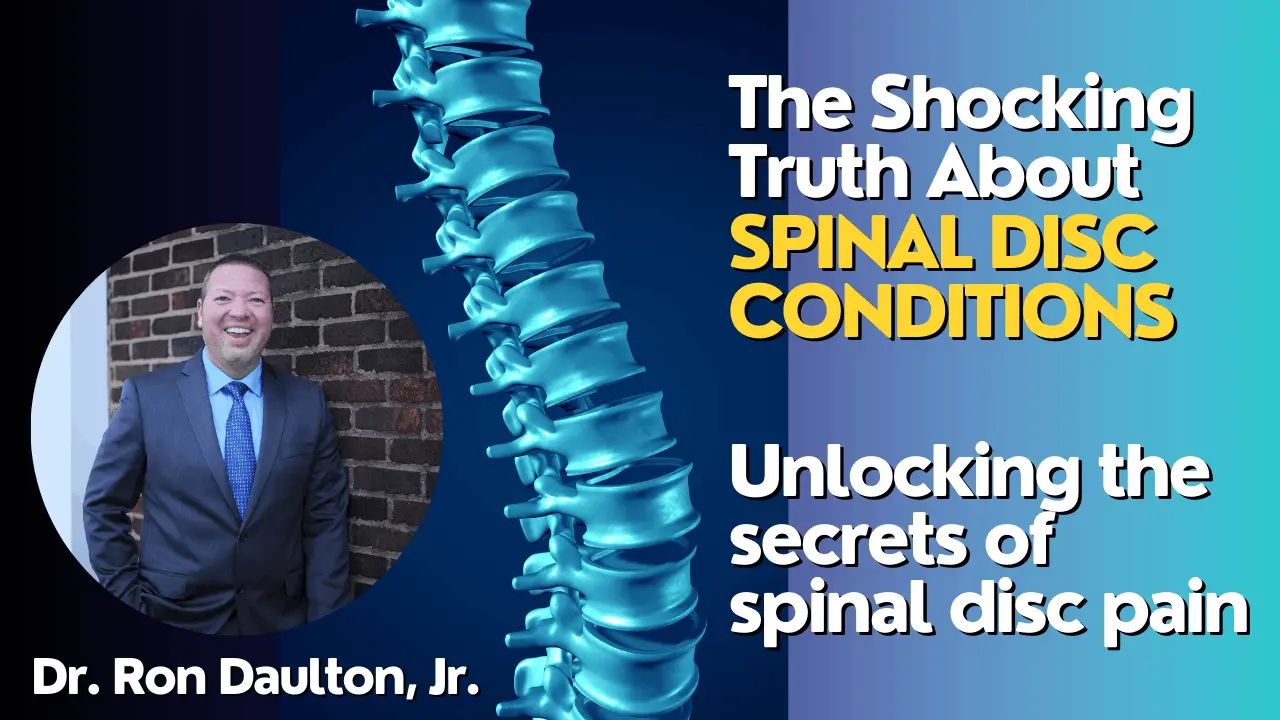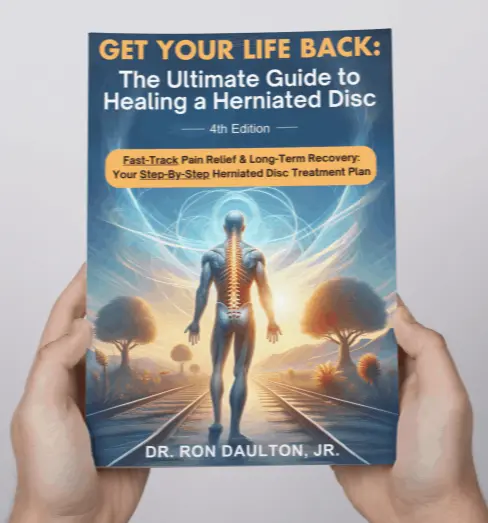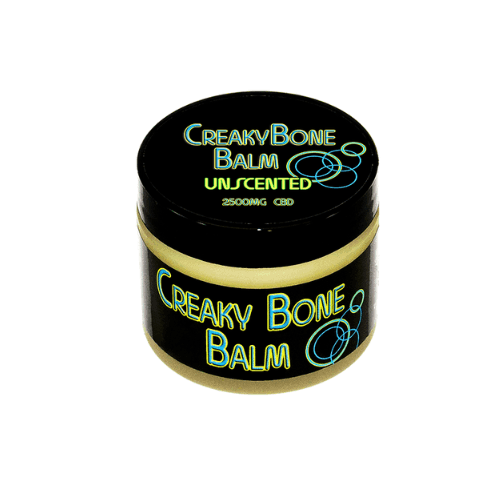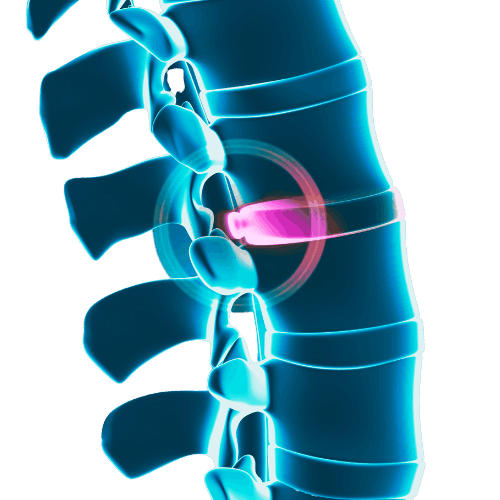When it comes to spinal health, particularly cervical herniated discs, myths abound, often leading to confusion and misguided treatments.
Let's set the record straight by addressing some of these common misconceptions with scientific evidence.
Myth 1: A Herniated Disc Means You Need Surgery
Reality: Surgery is not always necessary.
Many cases respond well to non-surgical treatments like physical therapy, exercise, and medication.
Studies show that a significant percentage of patients find relief without going under the knife.
Myth 2: Severe Pain Equals Severe Damage
Reality: The intensity of pain doesn't always correlate with the extent of the disc herniation.
Some individuals with substantial herniation may experience little to no pain, while others with minor herniation might suffer severe pain.
Myth 3: Herniated Discs Are Always Caused by a Specific Injury
Reality: While injury can cause a disc to herniate, factors like aging, degeneration, and even genetics often play a more significant role.
Many cases have no identifiable traumatic event.
Myth 4: Rest is the Best Medicine
Reality: While rest can alleviate acute pain initially, prolonged inactivity can weaken the muscles supporting the spine, worsening the condition.
Controlled, gentle exercises are generally recommended for recovery.
The Impact of Misinformation
Believing in these myths can lead to choices that are not just ineffective but potentially harmful.
For instance, fearing that all herniated discs require surgery might lead someone to undergo an unnecessary and risky procedure.
Conversely, assuming that severe pain is always indicative of severe damage can cause undue anxiety and over-treatment.
Misconceptions about rest being the best solution can result in a sedentary lifestyle, which is counterproductive.
Movement and exercise, tailored to the individual's condition, are crucial in promoting healing and preventing further injury.
In conclusion, understanding the realities of cervical herniated discs is vital.
Dispelling these myths with evidence-based knowledge empowers individuals to make informed decisions about their treatment options, leading to more effective and safer recovery paths.











